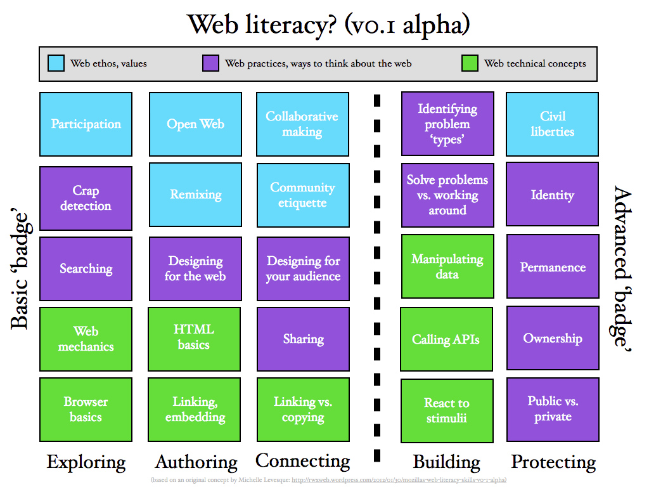One of the leading lights in this field is the Australian academic James Paul Gee who, thankfully, writes in an extremely incisive and lucid fashion. In Are Video Games Good For Learning? he produces this wonderful passage about the ‘just-in-time’ learning and scaffolding provided by good video games (my emphasis):
Video games are external (i.e., not mental) simulations of worlds or problem spaces in which the player must prepare for action and the accomplishment of goals from a particular perspective. Gamers learn to see the world of each different game in a quite different way. But in each case they must learn to see the virtual world in terms of how it will afford the sorts of actions they (where “they” means a melding of themselves and their virtual character) need to take to accomplish their goals (to win in the short and long run).
[…]
While commercial video games often offer worlds in which players prepare for the actions of soldiers or thieves, the question arises as to whether other types of games could let players prepare for action from different perspectives or identities such as a particular type of scientist, political activist, or global citizen, for instance. If games could play this role, they would speak to one of the deeper problems of education, the fact that many students who can pass paper and pencil tests cannot actually apply their knowledge to real problem-solving (Gardner, 1991).
Good video games distribute intelligence (Brown, Collins & Dugid, 1989) between a real-world person and artificially intelligent virtual characters. For example, in Full Spectrum Warrior, the player uses the buttons on the controller to give orders to two squads of soldiers (the game SWAT 4 is also a great equivalent example here). The instruction manual that comes with the game makes it clear from the outset that players, in order to play the game successfully, must take on the values, identities, and ways of thinking of a professional soldier: “Everything about your squad,” the manual explains, “is the result of careful planning and years of experience on the battlefield. Respect that experience, soldier, since it’s what will keep your soldiers alive” (p. 2). In the game, that experience—the skills and knowledge of professional military expertise—is distributed between the virtual soldiers and the real-world player. The soldiers in the player’s squads have been trained in movement formations; the role of the player is to select the best position for them on the field. The virtual characters (the soldiers) know part of the task (various movement formations) and the player must come to know another part (when and where to engage in such formations). This kind of distribution holds for every aspect of professional military knowledge in the game.
By distributing knowledge and skills this way—between the virtual characters (smart tools) and the real-world player—the player is guided and supported by the knowledge built into the virtual soldiers. This offloads some of the cognitive burden from the learner, placing it in smart tools that can do more than the learner is currently capable of doing by him or herself. It allows the player to begin to act, with some degree of effectiveness, before being really competent: “performance before competence.” The player thereby eventually comes to gain competence through trial, error, and feedback, not by wading through a lot of text before being able to engage in activity.
Such distribution also allows players to internalize not only the knowledge and skills of a professional (a professional soldier in this case), but also the concomitant values (“doctrine” as the military says) that shape and explain how and why that knowledge is developed and applied in the world. This suggests an important question for research: whether and how other “professions”—scientists, doctors, government officials, urban planners, political activists (Shaffer, 2004)—could be modeled and distributed in this fashion as a deep form of value-laden learning (and, in turn, learners could compare and contrast different value systems as they play different games).
Shaffer’s (2004; 2005) “epistemic games” already give us a good indication that even young learners, through video games embedded inside a well-organized curriculum, can be inducted into professional practices as a form of value-laden deep learning that transfers to school-based skills and conceptual understandings. However, much work remains to be done here in making the case that the knowledge, skills, and values that good games offer transfer to school and, in particular, to students’ learning in traditional content areas.
(Gee, J.P. (2006) ‘Are Video Games Good For Learning?’ (Nordic Journal of Digital Literacy, 03/2006, p.174-6)


